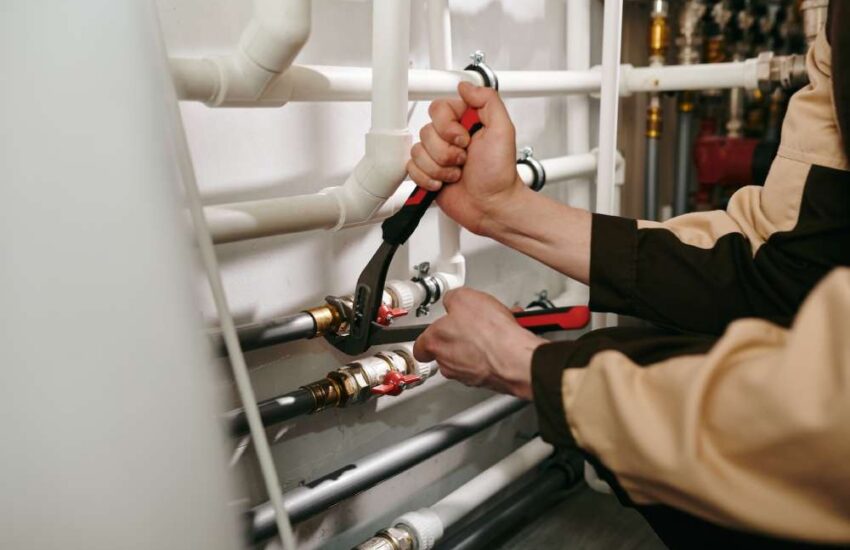How Big Are Residential Solar Panels?
As a homeowner, you understand the value of solar panels. These solar panels can help you save money on the electric bill, and if you sell your home, they can give you a nice profit.
However, you might wonder how big the panels and solar panel installation equipment are. You also might be wondering about the cost and if your roof can handle the weight of the panels.

Here’s what you need to know about residential solar panels.
Managing Space Requirements for Solar Panel Arrays
Residential solar panels come in a range of sizes that can be tailored to meet the space requirements of solar panel arrays. Solar panels range from small rectangular panels suitable for residential rooftops to larger panels for a larger array installation.
Even smaller, folding solar panels are available for smaller installations. As space is often at a premium for residential properties, this makes solar panel arrays easier and more convenient to install.
In addition, space requirements should be reviewed by a qualified solar installation company to ensure that mounting systems. Wiring need to be appropriately sized and secured safely.
It is also essential to ensure that any shading or roof overhang is factored into the sizing of the array. This can help to maximize the efficiency of the array and reduce installation costs.
Factors that Influence Solar Panel Size
There are many factors that influence the size of residential solar panels. Primarily, the size of residential solar panels is determined by a home energy usage. Generally, homeowners use between 5 and 8 kilowatts of electricity. This determines how many photovoltaic (PV) panels they must have in order to generate enough energy to supply their needs.
Additionally, the area of roof or ground available for installation and the tilt angle of the solar array are considerations that impact the size of the system. Location can also significantly influence the size of the solar array.
For instance, homes in areas with more sunlight and a longer day typically require larger solar systems than homes located in areas with lower irradiation levels. Solar panel size is also impacted by the type of inverter used and the type of mounting system. Ultimately, size is determined by the individual consumer’s energy and financial goals.
Maximizing Panel Efficiency with Different Sizes
Residential solar panels come in a variety of sizes and the size of the panel has an effect on the efficiency of the solar energy production. To maximize panel efficiency, there are factors that should be considered such as:
- tilt angle
- shading patterns
- other physical elements
Generally, the larger the panel, the more efficient it is.
Large solar panels may be able to absorb more energy from the sun even in low light conditions compared to smaller solar panels. However, if space is an issue, then utilizing multiple smaller-sized solar panels may be a more practical solution for homeowners.
These smaller solar panels can be used to increase the total amount of solar energy being produced. Another great way to maximize panel efficiency is to install tracking devices that direct the panels to follow the sun’s movements throughout the day. This improves the solar panel’s overall efficiency.
Regardless of the size of the solar panel, the efficiency of panels can be improved with proper installation and upkeep.
Different Types of Solar Panels
Residential solar panels come in many varieties and sizes, depending on the needs of the household. Monocrystalline, Polycrystalline and Thin film panels are among the most common types of solar panels used for residential purposes. See their differences below:
Monocrystalline
Monocrystalline solar panels are a type of photovoltaic panel that is made up of silicon wafers that are cut using a mono-crystalline ingot, creating a uniform look. This is the most efficient type of panel available and is able to convert more energy into usable electricity than other types.
Polycrystalline
Polycrystalline solar panels are made up of multiple crystalline silicon wafers randomly arranged together. This type of solar panel is the most popular among consumers because it offers a good balance between performance and cost. Polycrystalline modules can also handle high temperatures and shading better than other panels. This makes them better suited for areas that have extreme climates.
Thin film panels
Thin film solar panels are a type of solar panel that use thin layers of photovoltaic material to convert sunlight into electricity. These thin film panels have many advantages, such as being:
- lightweight
- flexible
They are also more efficient in cloudy/low light conditions, and easier to install on curved:
- roofs
- surfaces
They also perform better in hot temperatures and can be easily connected in series or parallel.
Benefits of Investing in Larger Residential Solar Panels
Investing in larger residential solar panels can deliver many benefits to homeowners. The largest benefit is the notable reduction in their electricity bills. Panels with larger wattage will capture more sun than smaller panels. That means that the system can generate more electricity, reducing the homeowner’s electric bill or eliminating it altogether.
Additionally, the homeowner will see their home’s overall efficiency skyrocket, as electricity generated by the solar panels is clean and renewable. Solar panels can even increase the value of a home.
Homeowners who invest in solar panel systems can use the energy credits and subsidies to further reduce the cost. This can lead to a positive return on their initial investment with over time.
Overall, investing in larger residential solar panels is a smart move that can provide multiple benefits.
Explore Residential Solar Panels For Your Home
Residential solar panels have many advantages, such as energy independence, lower utility bills and increased home value.
With their varying size, they can meet a variety of needs. Take the first step now in considering solar energy options for your home and start saving.
Did you find this article helpful? Check out the rest of our blog for more!


